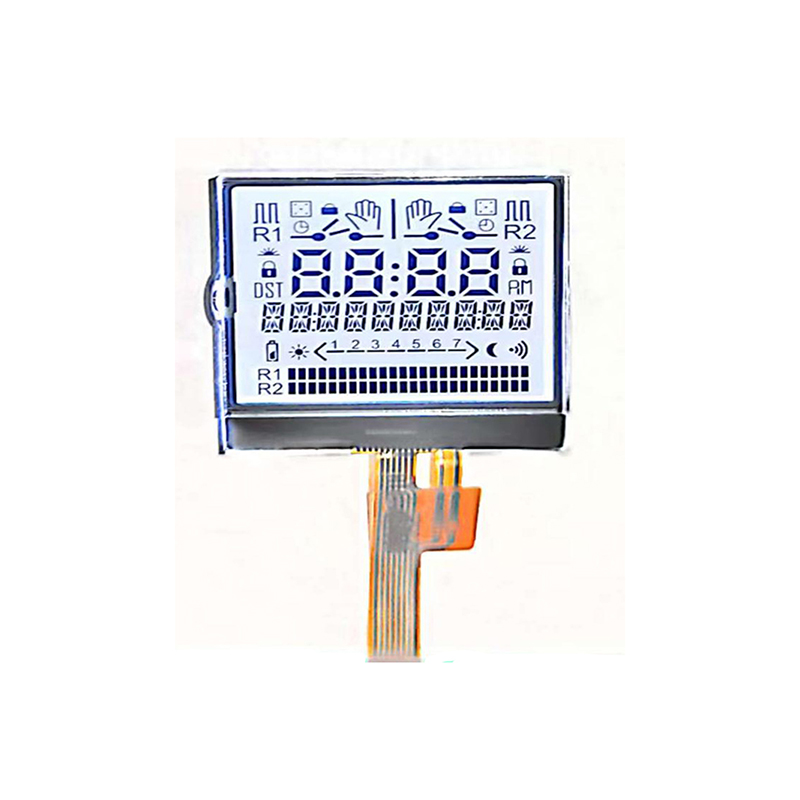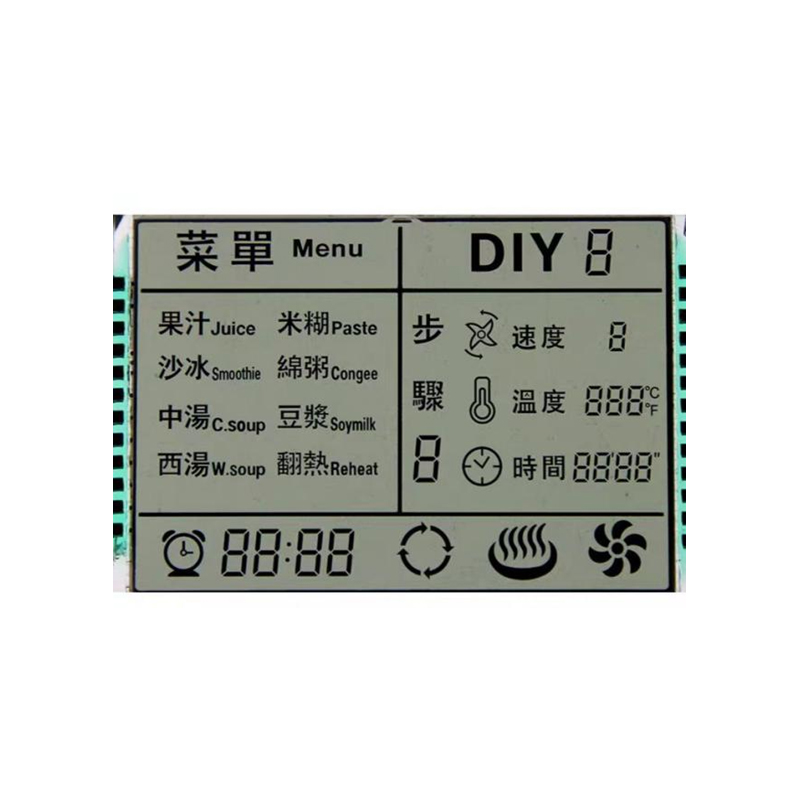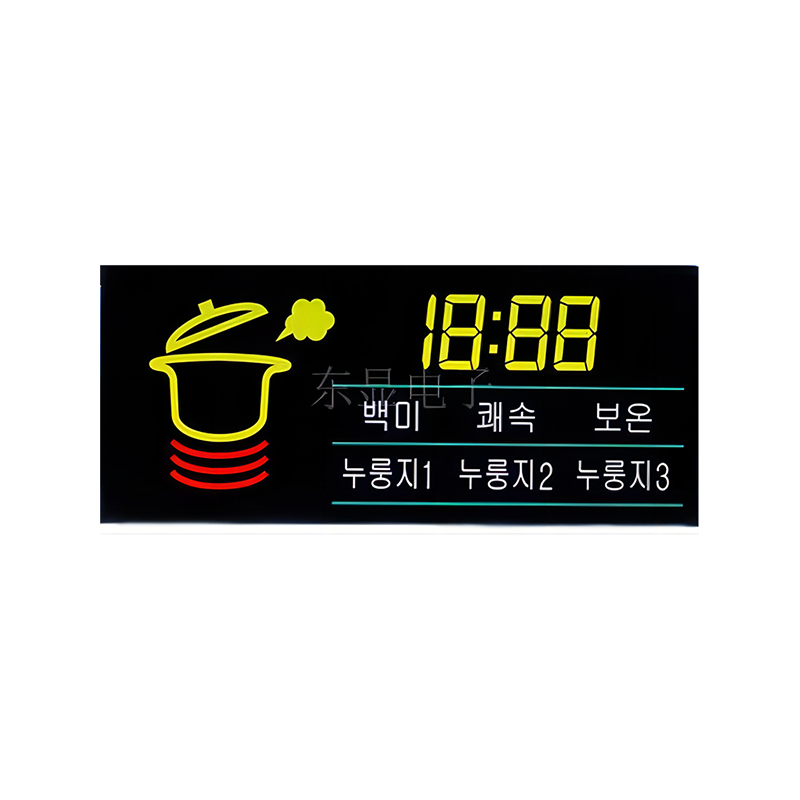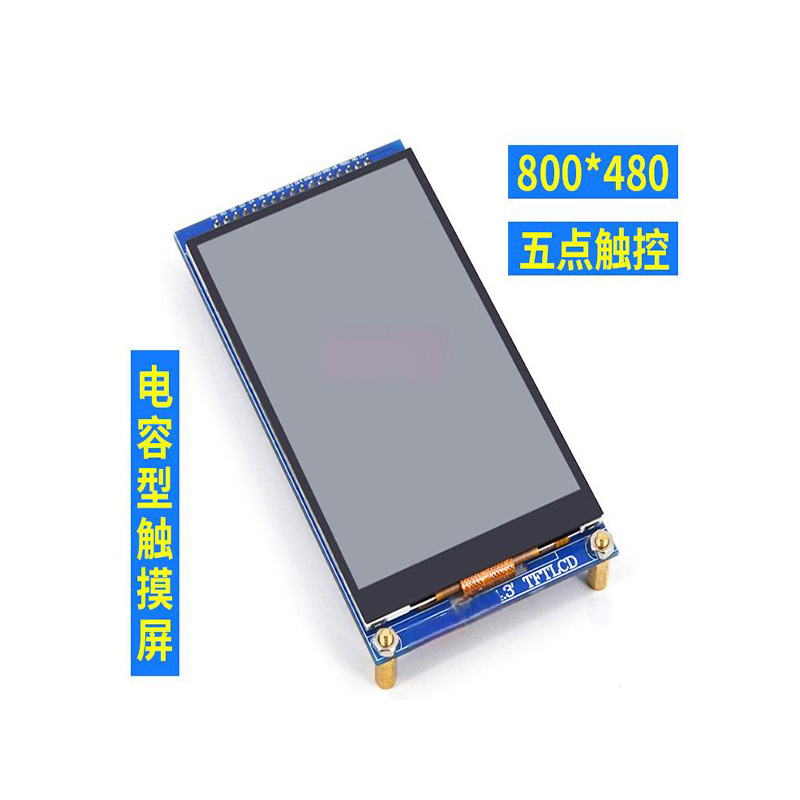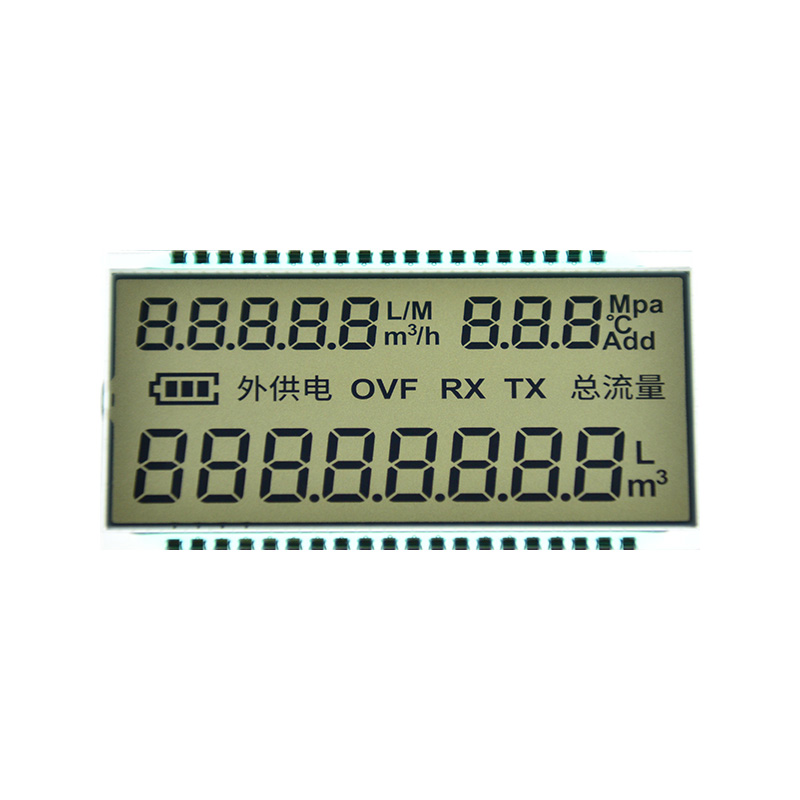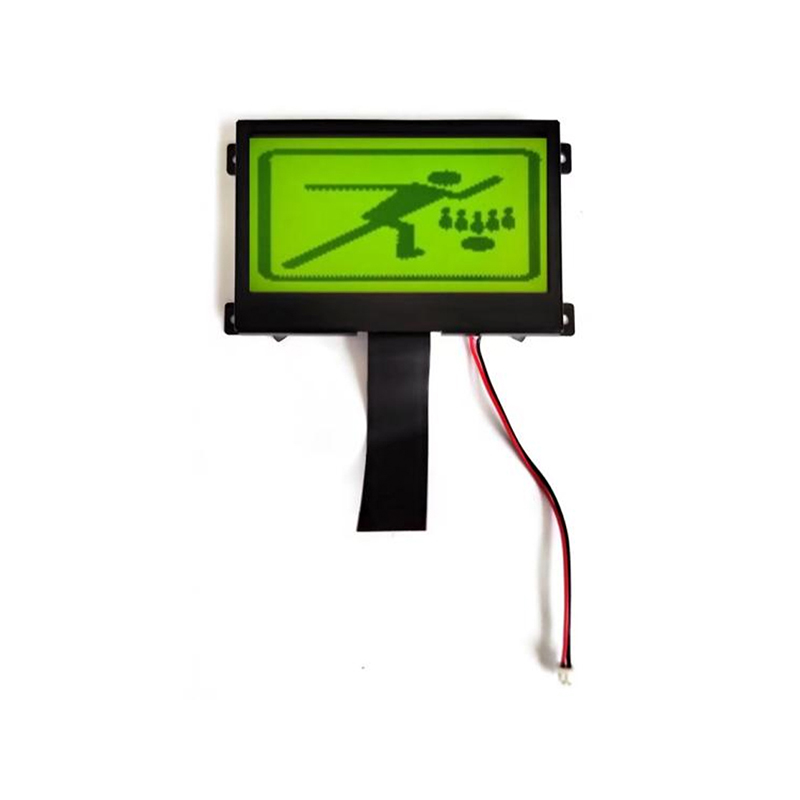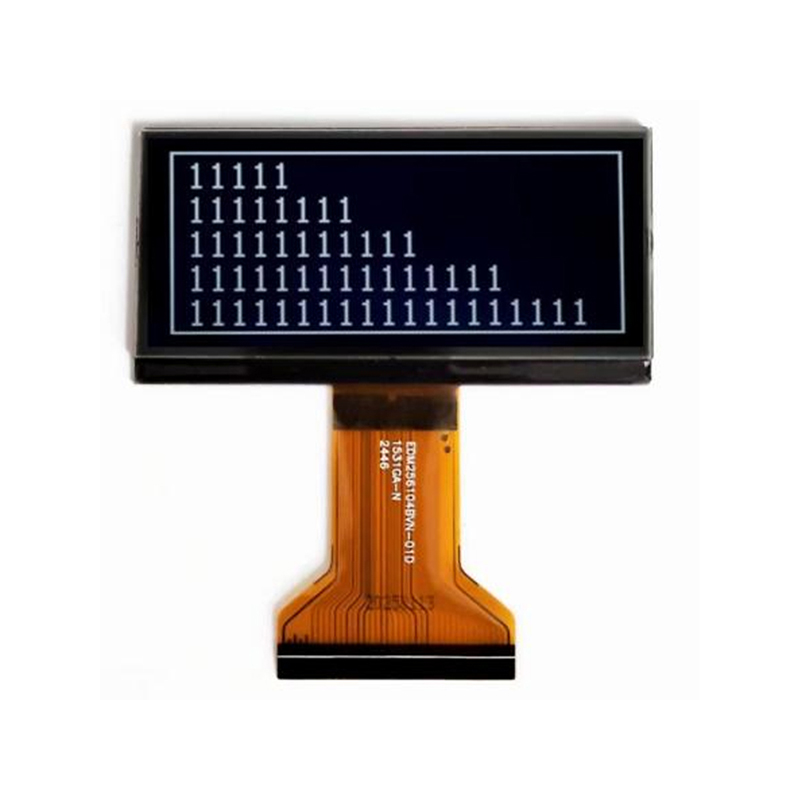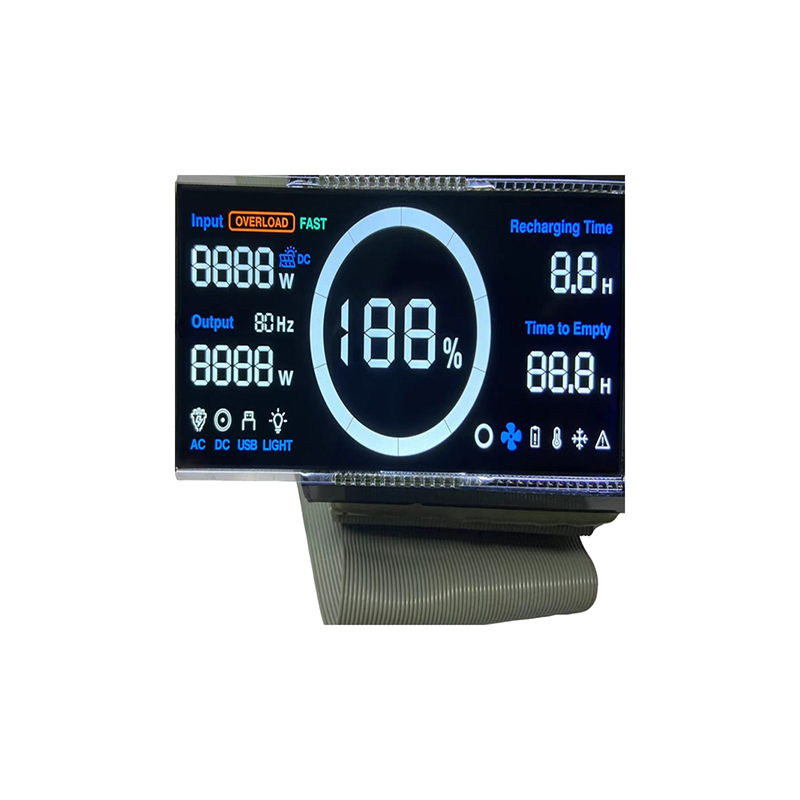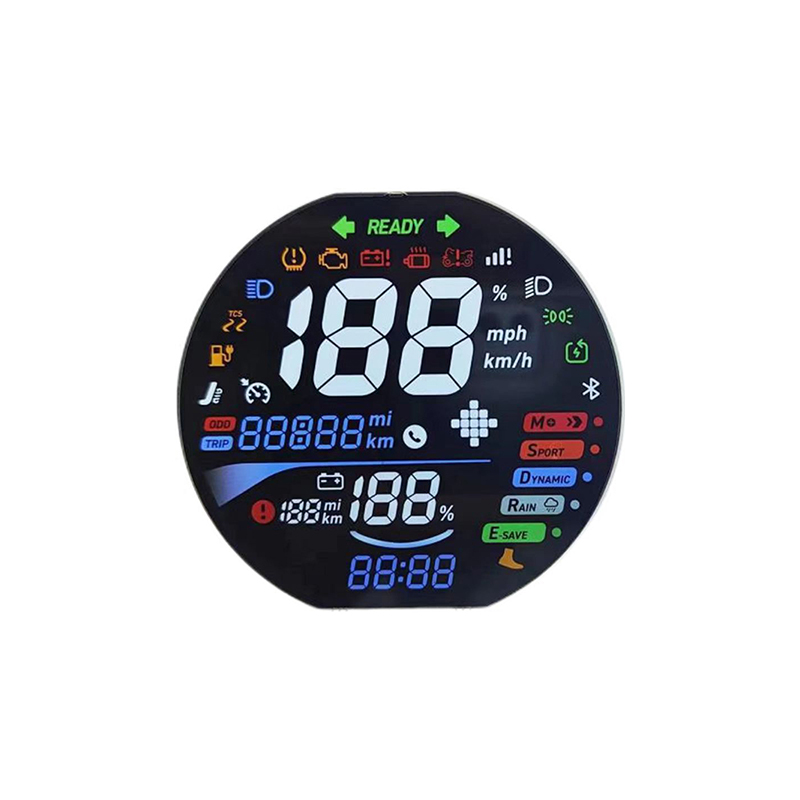7 Inch TFT Screen: A Comprehensive GuideChoosing the right 7 inch TFT screen can be daunting. This guide dives deep into the specifications, applications, and factors to consider when selecting a 7 inch TFT screen for your project. We'll explore different types, resolutions, and features to help you make an informed decision.
Understanding 7 Inch TFT Screens
A
7 inch TFT screen, or Thin Film Transistor screen, is a type of LCD (Liquid Crystal Display) that utilizes TFT technology to individually control each pixel. This allows for sharper images, faster response times, and better color reproduction compared to older passive-matrix LCDs. The 7-inch size is popular for various applications due to its balance between screen real estate and portability.
Key Specifications to Consider
When choosing a
7 inch TFT screen, several key specifications should be considered: Resolution: This refers to the number of pixels displayed on the screen (e.g., 800x480, 1024x600). Higher resolutions generally result in sharper images and more detail. Brightness: Measured in candelas per square meter (cd/m2 or nits), brightness determines how well the screen is visible in different lighting conditions. Contrast Ratio: This represents the difference in brightness between the darkest and lightest colors the screen can display. A higher contrast ratio leads to more vibrant and lifelike images. Response Time: This measures how quickly the pixels can change color, impacting the clarity of moving images and reducing motion blur. Viewing Angle: This indicates the range of angles from which the screen can be viewed without significant color distortion or loss of brightness. Interface: Common interfaces include LVDS, TTL, and SPI. The chosen interface must be compatible with your device's capabilities.
Types of 7 Inch TFT Screens
7 inch TFT screens are available in various types, each with its own advantages and disadvantages: Resistive Touchscreens: These use pressure to register touch input. They are relatively inexpensive but less accurate and durable than capacitive touchscreens. Capacitive Touchscreens: These detect changes in capacitance caused by a finger's touch. They offer better accuracy, sensitivity, and durability but are generally more expensive. IPS (In-Plane Switching) Screens: These provide wider viewing angles and better color accuracy than standard TN (Twisted Nematic) screens. However, they are usually more expensive. TN (Twisted Nematic) Screens: These are commonly used in budget-friendly displays. They offer faster response times but have narrower viewing angles and less color accuracy than IPS panels.
Applications of 7 Inch TFT Screens
7 inch TFT screens are versatile and find applications in a wide range of products and devices: Industrial Control Panels: Providing a clear display for monitoring and controlling industrial processes. Portable Medical Devices: Displaying critical patient information in a compact and easily portable format. Automotive Applications: Used in infotainment systems, navigation displays, and rear-view cameras. Point of Sale (POS) Systems: Used in retail environments for displaying product information and processing transactions. Consumer Electronics: Featured in digital photo frames, portable media players, and small gaming consoles.
Choosing the Right 7 Inch TFT Screen for Your Needs
Selecting the appropriate
7 inch TFT screen depends heavily on your specific application and budget. Consider the key specifications outlined above and carefully evaluate your needs before making a purchase. For high-quality and reliable
7 inch TFT screens, consider exploring options from reputable manufacturers like
Dalian Eastern Display Co., Ltd., a leading provider of LCD modules.
Frequently Asked Questions (FAQs)
Q: What is the difference between a TFT and an LCD screen? A: All TFT screens are LCDs, but not all LCDs are TFTs. TFT is a specific type of LCD technology that offers superior image quality and performance. Q: How do I determine the correct interface for my application? A: Consult the technical specifications of your device or target platform to determine the compatible interface for your
7 inch TFT screen. Q: What is the difference between IPS and TN panels? A: IPS panels offer wider viewing angles and better color accuracy, while TN panels provide faster response times. The choice depends on the application's priorities.
| Feature | IPS Panel | TN Panel |
| Viewing Angle | Wide (178°) | Narrow (160°) |
| Color Accuracy | Excellent | Good |
| Response Time | Slower | Faster |
| Price | Higher | Lower |
This guide provides a comprehensive overview of
7 inch TFT screens. Remember to always consult the specifications of individual products before making a purchase.


